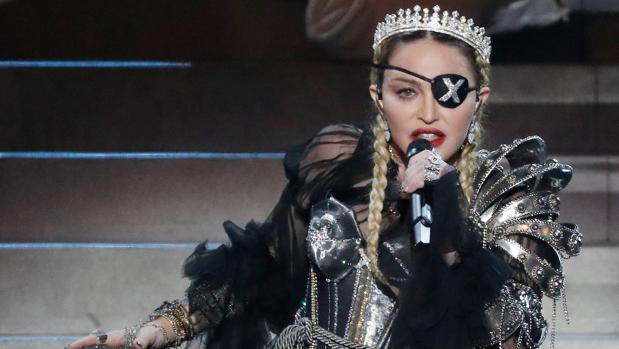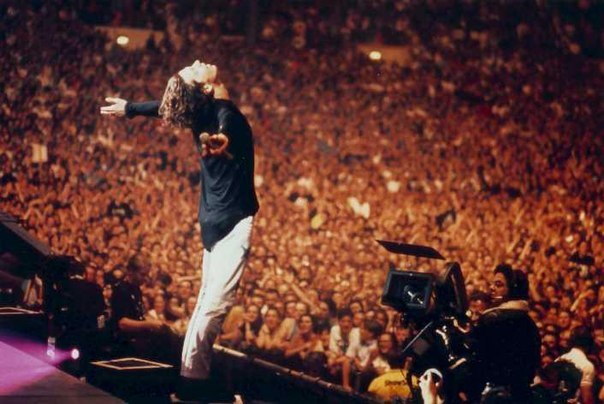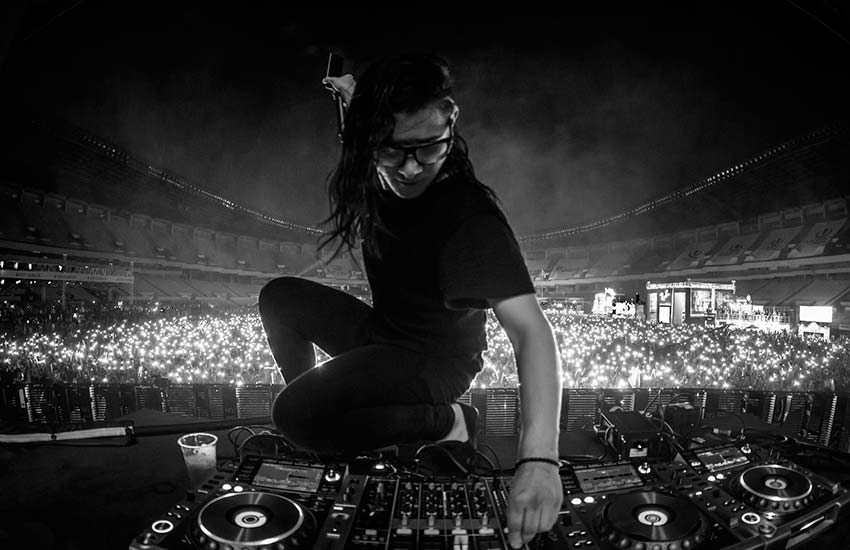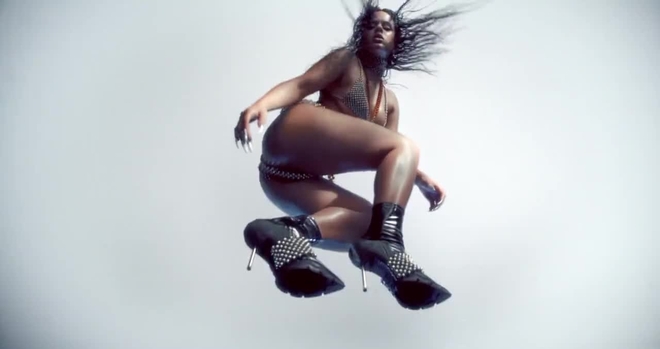Cardi B and friends
In recent years there have been some very interesting cases in the fusion of two rather random musical genres: rap and Latin music. One of the most recognisable and popular cases was Cardi B, Bad Bunny and J Balvin’s I like it like that, which with its incredible sub-bass pressure, slow beat and sample of Pete Rodriguez’s original boogaloo track I like it like that dazzled the masses.
Impressive, isn’t it?
Frankly, I think so, but not only the track, for its spectacular production, but the mere fact that it has not set a precedent for a possible genre of this style, based on the use of original samples of chachachá, boogaloo, salsa…etc. to which an imposing rhythm is applied, a bass with a lot of presence and the Flow in double tempo of the characteristic trap voice.
Actually, after this unparalleled track, and despite having done similar and equally beastly work in terms of idea, music, means (a good studio with a good audio reference, a good mix, a spectacular mastering job, an interesting Budget to invest in a good videoclip…) it has not really lit the fuse to create a homogeneous set of tracks with this particular style.
Triunfos no previstos
Frankly, I imagined that it would not be so unusual for this new style to spread as fast as wildfire, but we know how music works, although in the case of reggaeton when its fame began to explode many producers encouraged sound engineers arguing that it was a genre that would be at the top for three or four months at most and then disappear to make way for the next musical fashion, and look at what it has become: It has become a fully consolidated genre, which has been able to adapt to the new eras of electronic music and has been enriched over time by adapting new stylistic concepts and sound trends.
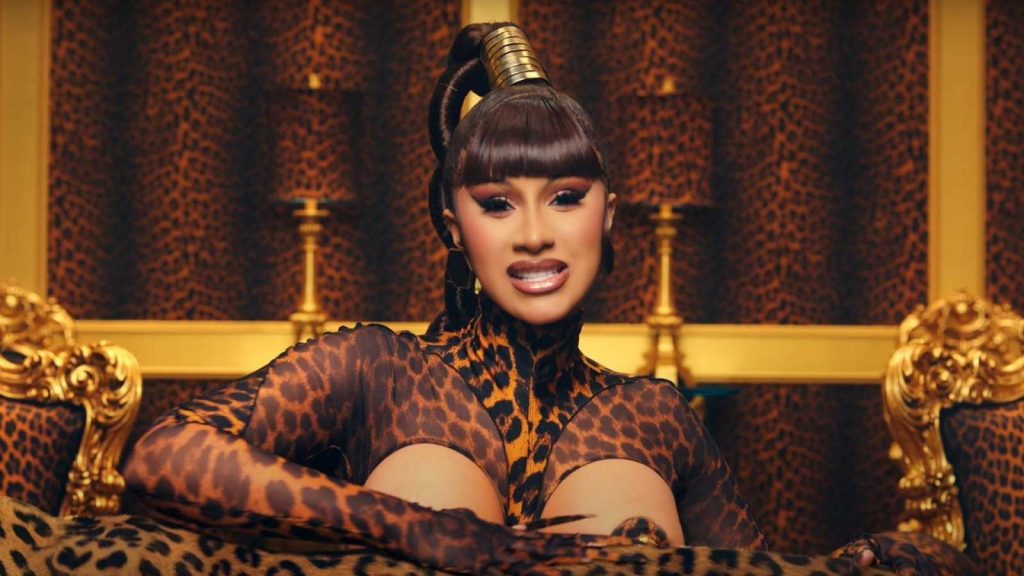
Bruno Mars, the precedent for a possible triumph
But, equally, it seems strange in the face of phenomena such as salsa, which has been moving the entire Spanish-speaking world on the dancefloor since it took the world by storm during the 1970s (although we are not talking about the same levels of popularity as the giant genres of music that artists such as Bunny, Balvin or Cardy B have managed to tame). How is it possible that figures such as these have not made this style fashionable? More unexpected cases of popularisation of certain genres have been seen in the market in relatively recent times: one example is Bruno Mars.
The most important work that has to be acknowledged to the artist is to have turned nothing less than funk into mainstream music and to have taken it to the discotheques, making it a product of the taste of the general public. I never thought that the crowd in a huge hall packed with people who want to dance, have a drink and get down with the onion could chant, from the first to the last, the verses of the Hawaiian artist’s funk songs, even more so when other artists who made a fun, fun and entertaining dance funk like Yamiroquai did not achieve such a brutal reach as he did.
Is there a lack of charisma?
So, faced with such a bizarre case, why didn’t Bad Bunny light the fuse? The trap Latino – to give an example – has, and he has, in broad terms, combined two similar styles; reggaeton and trap.
Perhaps the secret of this triumph against the lack of popularity of Latin hip hop fusion lies in the music: reggaeton and trap are two products of unquantifiable popularity whose valuation in the context of the current music market is enormous, and on the other hand genres like hip hop and boogaloo, salsa or chachachá give a rather underground mix that could be considered unpopular compared to the two previous ones, especially because it is not so easy to turn a hip hop rhythm into something danceable, and a salsa sample does not help if behind it there is a bass drum and a snare drum making a rhythm that reinforces both the binary aspect and without the characteristic syncopations of club music.
It really is complex
But I’m pretty sure that, in fact, the idea of this Cardi B crew was precisely that: to give hip hop a danceable touch in order to experiment and somehow introduce it into the dance circuit, into which trap has recently been inserted as well. They also played on the trump card of hip hop as a close relative of trap, since in I like it like that the flow of the vocals is confused, sometimes closer to trap than to hip hop.
Of course, the bass drum and snare beat is pure hip hop, no doubt about it, but these Latin and trap touches could be a way of giving a facelift to the static and heavy rhythm suggested by the base in general, which is equally difficult to dance to.
Maybe it’s all in my imagination and they just got together to make a big song that sounded big and that’s all, but it’s true that the big ones always gamble and tinker with fresh ideas to test the performance of consumption and of course to increase their relevance, as we will see in other cases.
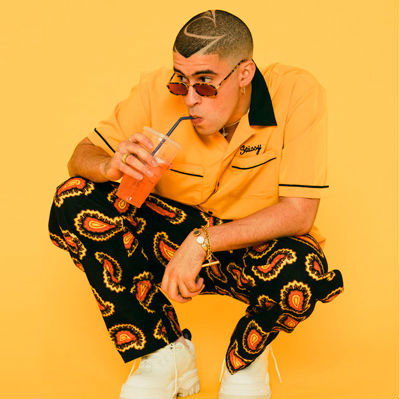
Nathy Peluso’s case
There have also been some examples of mixes somewhat similar to this one by Cardi and company: Nathy Peluso released her single La sandununguera a little over a year ago, shortly after the release of I like it like that mentioned above.
Likewise, although the single has become quite popular, it has not reached the same number of views as the previous one on streaming platforms, obviously because she is an artist who is not as recognised as the previous ones within the Spanish-speaking and urban music scene, but at the end of the day this was another example of pure Latin hip hop fusion that did not go further, as Nathy Peluso tends to abound in modern hip hop and trap (despite the fact that her image as an indigenous person and her exoticism are part of her distinctive discourse as an artist).
Other cases of innovation that didn’t get very far: Maluma and salsaa
Within reggaetón and in another orbit, Maluma had a small streak a little over a year ago, in which he covered and created some reggaetón songs in salsa, and although he did some very elaborate work with artists such as Marc Anthony (who triumphed internationally with his salsa Vivir mi vida in 2014) or Shakira -and, and also in the midst of the sensual, non-sexual reggaeton era, as themes have become for some time now – it was also a time of experimentation and flirtation with different genres in the Latin world.
What do you think?
Why hasn’t this interesting mix of styles succeeded? I would love to know what you think about it.
See you next week with another blog, this time another blog, this time one for the purists of the classical sound: the genre of the ballad, a music based on the the ballad, a music based on the richness of the small details, the subtlety and the subtlety and harmonic sophistication ?
I leave you other similar blogs: Remember that you can buy rap, trap, dembow, pop, r&b, dembow, reggaeton, beats ! A la carte – see you next week!


